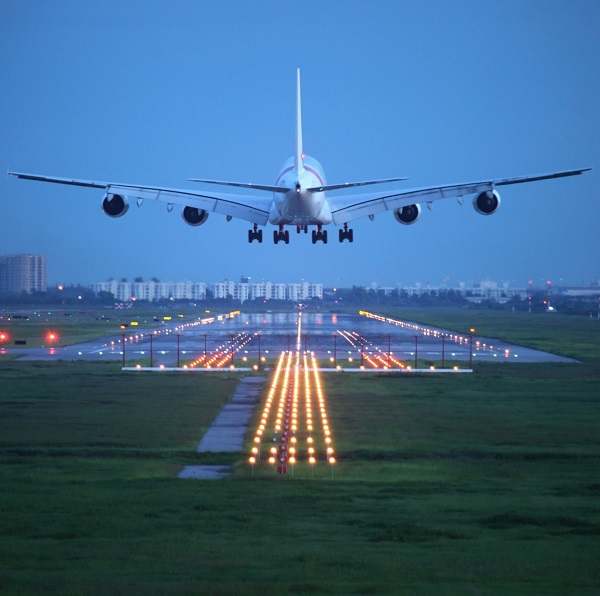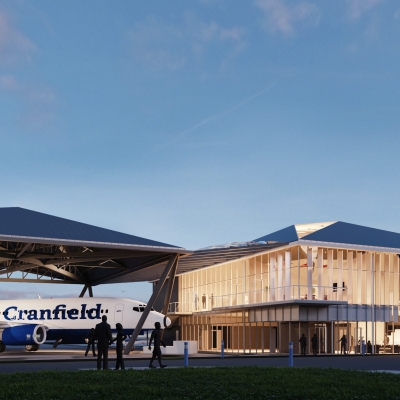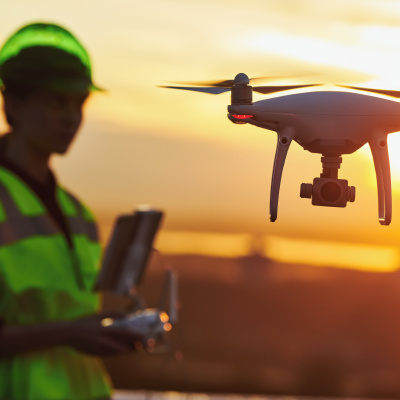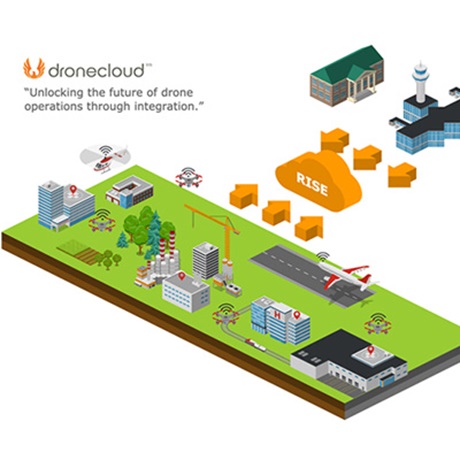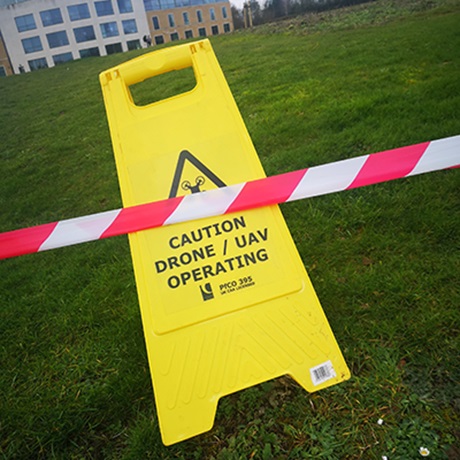The connected systems research stream is a collaboration within DARTeC between industrial partners – in particular Thales – and Cranfield University. The main vision of this initiative is to unlock the value of industry and academia by enabling collaborative research, experimentation and demonstration of the potential for future and exciting connectivity and network systems at scale.
Recent advances in communication systems have started to influence aircraft and the digital aviation sector, especially in air traffic management (ATM) modernisation, coupled with the data-centric architectures being incorporated into modern aircraft, which will create highly connected systems in the sky of the future. This requires tight integration between aviation systems and ground communication infrastructure to provide real-time flight management over large-scale domains that extend beyond airport zones.
Integrating ground wireless connectivity and satellite communications facilitates the operation of unmanned traffic management (UTM) systems to monitor drone activates including identity, location and flight plan authorisation, safety, as well as enabling dynamic no-fly zones.
This research stream will develop reliable connected systems through software, platform, hardware and experimental field trials to offer a designated environment for product prototyping and research development.
Aircraft data and connectivity need to meet the demands of today's passengers, while also enabling the complete connected aircraft of tomorrow. Inmarsat is one of our connectivity partners at DARTeC, capable of delivering comprehensive, reliable and high-speed digital communication to every flight path in the world. Inmarsat will provide a L-band low frequency service to enable an Aspire 400 terminal. This is a radio communications terminal which has the capability to deliver high-speed voice communications and data for both cockpit and cabin. This new technology will help smart aircraft to be fully connected machines. New services can be introduced to benefit the passenger experience, grow revenues for airlines and improve safety, but it relies on reliable and seamless connectivity from the cabin to the cockpit.
5G facility: the future of connectivity
DARTeC is working closely with industry partners to develop and enable 5G infrastructure for unmanned aerial vehicles (UAVs), aircraft and autonomous vehicle connectivity. In the long term, 5G will be a technology pillar for new terrestrial networks that support lower power consumption, ultra-low latency and cost-effective operations of deployment, maintenance, and upgrading over time. The connected systems stream offers the opportunity for industry and academia to define a shared vision on next-generation advanced networking to enable the accurate assessment of the performance of connectivity under development.
Connected systems research and development activities
- Urban air mobility;
- 5G and satellite communications;
- Aircraft connectivity and networking;
- Airport security and monitoring;
- Air-to-ground and ground-to-air connectivity;
- Digital link analysis of air traffic control;
- Experimental testbeds and trials of UAV/UTM;
- Field trials of communications and networking using Cranfield Airport.
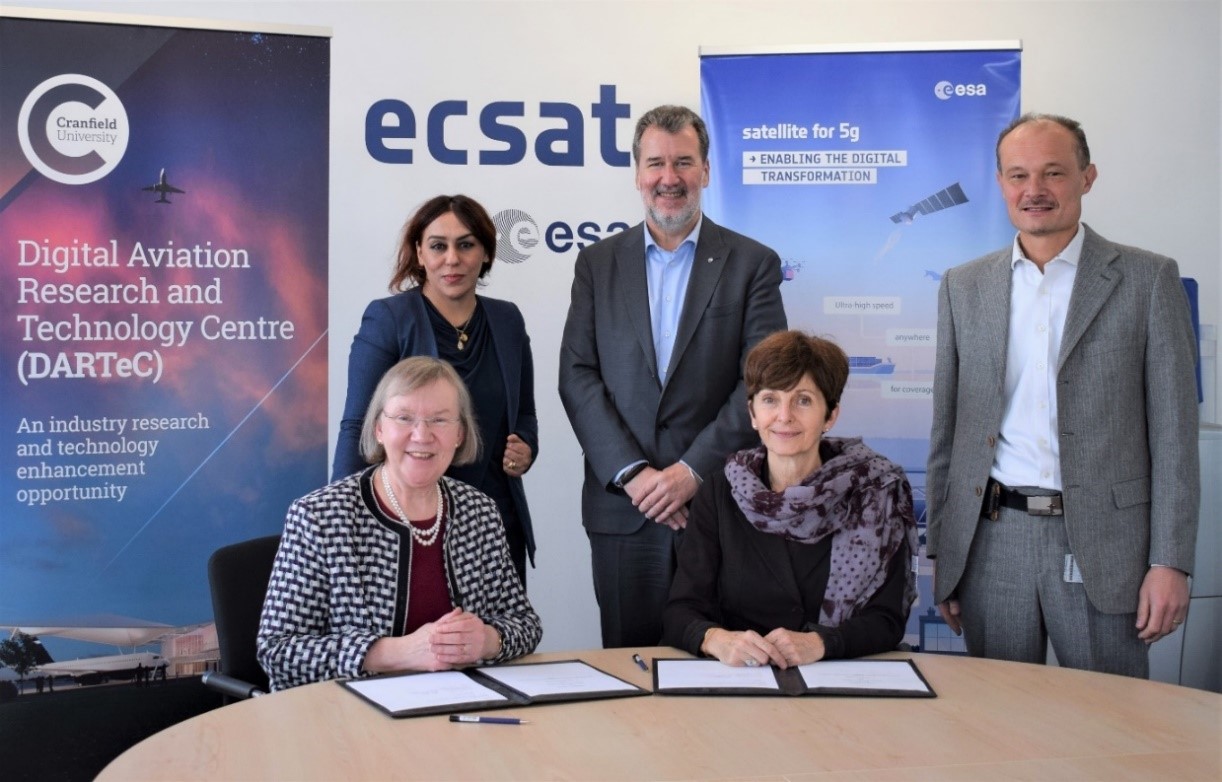
Above: Professor Helen Atkinson, Pro-Vice-Chancellor, School of Aerospace, Transport and Manufacturing, Cranfield University, signed a Letter of Intent to pursue connected systems activities in support of the digital aviation future with Magali Vaissiere, Director of Telecommunications and Integrated Applications, European Space Agency in November 2019. Also pictured: Dr Saba Al-Rubaye, Senior Lecturer in Autonomous and Connected Systems and technical lead of connected systems at DARTeC; Xavier Lobao, Head of Future Projects Division, ESA; Antonio Franchi, Head of Future Programmes Acquisition Section, ESA.
